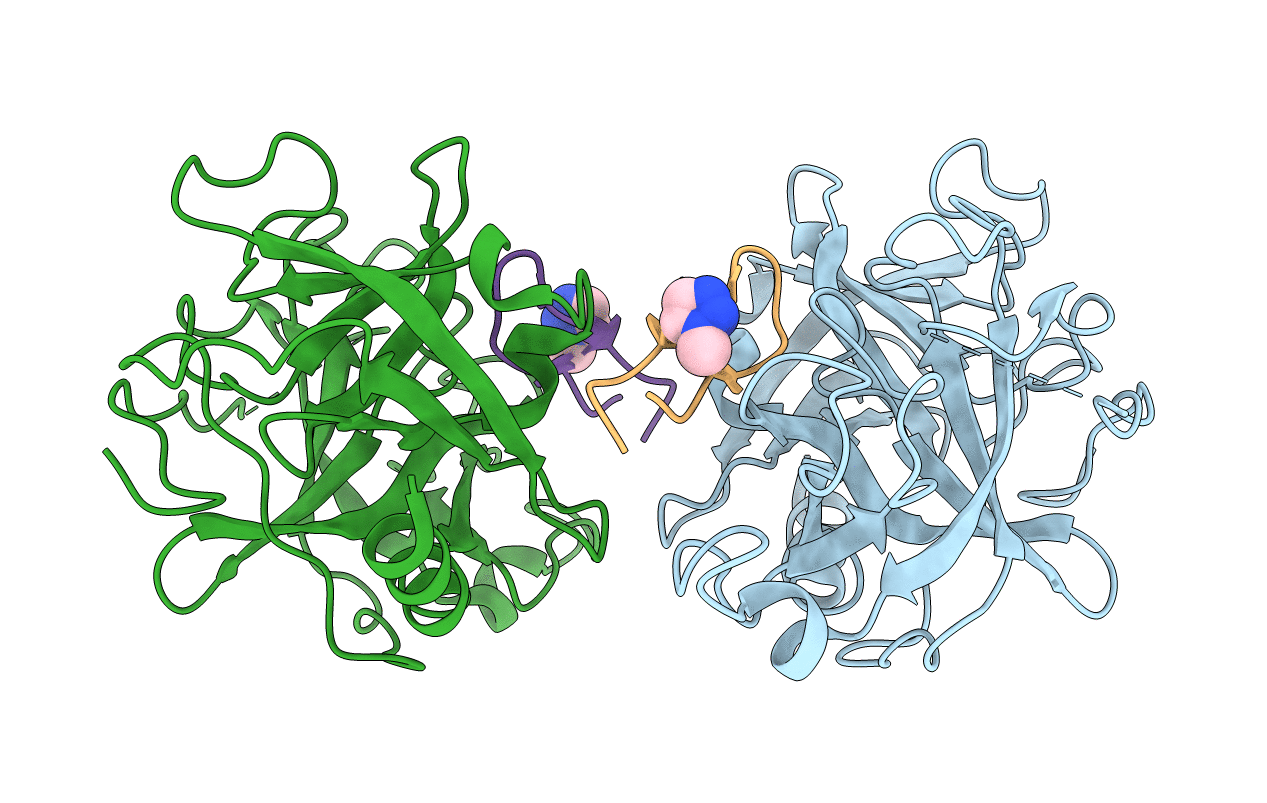
Deposition Date
2019-08-06
Release Date
2020-04-15
Last Version Date
2024-10-23
Entry Detail
Biological Source:
Source Organism:
Homo sapiens (Taxon ID: 9606)
Helianthus annuus (Taxon ID: 4232)
Helianthus annuus (Taxon ID: 4232)
Host Organism:
Method Details:
Experimental Method:
Resolution:
2.35 Å
R-Value Free:
0.28
R-Value Work:
0.23
R-Value Observed:
0.23
Space Group:
P 21 21 21


